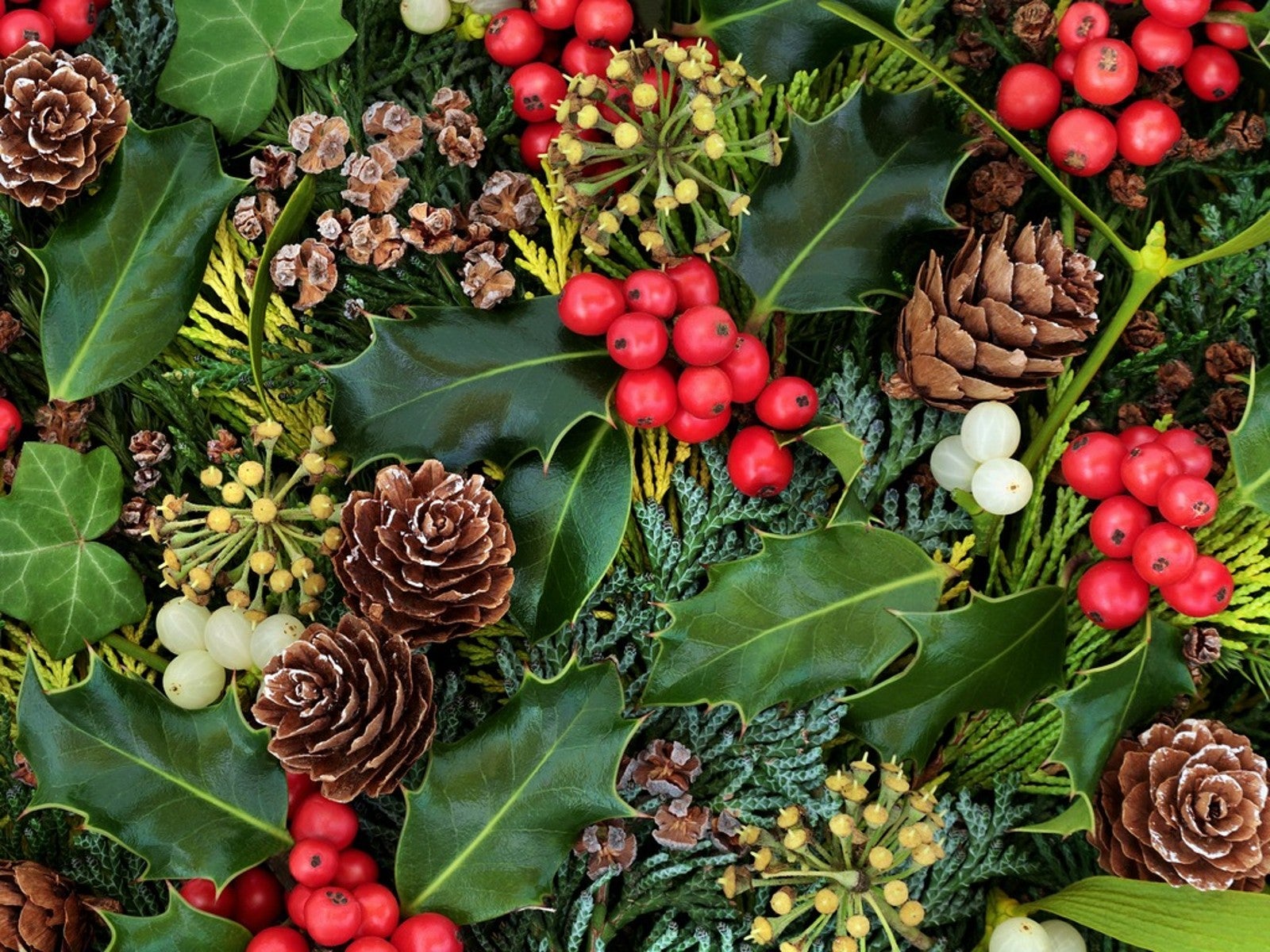The Holly And The Ivy - History Of The Holiday Duo And How To Grow Them


For those of us who celebrate and decorate for Christmas, holly and ivy leaves in wreaths and garlands may be among the first signs that the festive season has arrived.
The History of the Holly and the Ivy
In fact, the history of holly and ivy at Christmas is quite an interesting one, dating all the way back to the Romans. In those early times the leaves were believed to have protective powers. Over the centuries, the symbolism of holly and ivy Christmas decorations would continue to change, representing both prosperity and abundance.
Some avid gardeners may be especially interested to learn more about how to grow Christmas holly, as well as how to grow English ivy.
How to Grow Christmas Holly
Those wishing to grow holly trees may initially be drawn to their beautiful ornamental foliage. Though visually attractive, the glossy deep green leaves have exceptionally sharp spines. Holly trees also provide valuable shelter to birds and backyard wildlife.
Hardy to USDA zones 5-9, holly trees perform best when planted in full sun. However, they may benefit from part shade locations in regions with especially hot summer weather. Like many evergreen trees, holly plants prefer well-draining soil that is slightly acidic. At maturity, holly trees may reach heights upwards of 50 feet (15 m.).
How to Grow English Ivy
English ivy has long been planted for its ability to quickly and efficiently cover fences, walls, and even the sides of buildings. It is also a popular ground cover option for exceptionally shady backyards and sloped areas. Though it can be useful, there is much to consider before learning how to grow English ivy.
First, it’s important to research the plant’s status within your own growing zone. In many places, English ivy plants are considered an aggressive, invasive species. In fact, the plant is often listed among other noxious weeds throughout much of the United States.
Gardening tips, videos, info and more delivered right to your inbox!
Sign up for the Gardening Know How newsletter today and receive a free copy of our e-book "How to Grow Delicious Tomatoes".
As ivy vines sprawl across the ground, each plant begins to produce nodes which root into the soil. English ivy plants thrive in garden locations which are cool and shaded, but it can also be grown well in full sun. Large plant specimens can easily reach lengths of 100 ft. (30 m,) and are known to frequently escape regular ornamental garden cultivation.

Tonya Barnett has been gardening for 13 years. Flowers are her passion. She has transformed her backyard into a cut flower garden, which she regularly chronicles on her YouTube channel http://www.youtube.com/@tonyawiththeflowers.